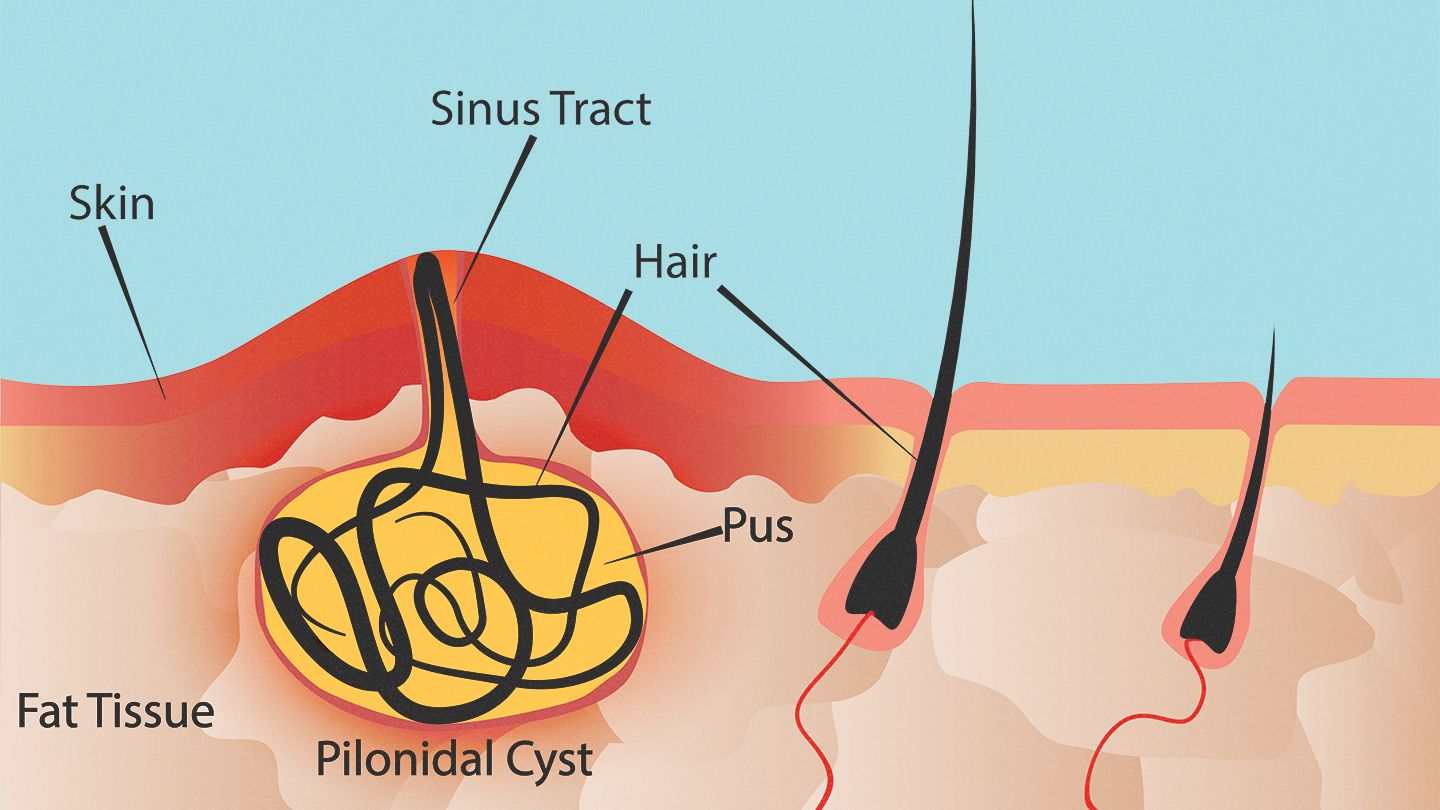Understanding Mucus and Phlegm in the Throat
Mucus is a gel-like substance that lines and protects many passageways and organs in the body. In the throat specifically, mucus plays an important role in trapping irritants and pathogens like bacteria and viruses before they can enter the airways and lungs.
While mucus is mostly clear and thin, it can change color, texture, and quantity when something stimulates or irritates the mucous membranes. Seeing mucus or phlegm in the back of the throat is very common.
What Does Mucus Look Like?
Normal mucus is typically clear and thin, with a slippery or gel-like texture. You likely don’t even notice it under normal conditions. However, when excess mucus is produced or it thickens, it can become more visible.
Here are some examples of what mucus can look like in the throat:
- Clear and thin
- Cloudy or white
- Yellow or greenish in color
- Thick and sticky texture
- May have streaks or specks of blood
What Stimulates Mucus Production?
There are many triggers that can stimulate the mucous glands to produce more mucus. Common causes include:
- Infections - bacterial, viral, fungal
- Allergies
- Irritants like cigarette smoke
- Swallowing disorders
- Chronic sinus problems
- Low humidity
- Weather changes
Key Reasons for Mucus in Throat
Seeing mucus in the throat is very common. Here are seven key reasons you may notice more mucus.
1. Infections
Infections are a prime cause of increased mucus production. When viruses, bacteria, or other germs infiltrate the mucous membranes, it stimulates a defensive response.
Increased mucus helps trap the invading pathogens before they can enter the airways and cause infection deep within the respiratory system. The color of the mucus may also change, with infections causing yellow, green, or blood-tinged mucus.
2. Allergies
Allergic reactions can also increase mucus secretions. This mucus tends to be clear and thin, similar to baseline mucus. However, there is more of it than normal.
Common allergens like pollen, pet dander, dust mites, and molds can all inflame the mucous membranes lining the throat and stimulate increased secretions to trap potential allergens.
3. Smoking Cigarettes
Cigarette smoking severely irritates the throat and lungs. To try protecting these irritated tissues, mucus production ramps up.
Smokers often have chronic issues with coughing up thick, discolored mucus, especially in the mornings. Quitting smoking allows the airways to heal and mucus levels to return closer to normal.
4. Swallowing Disorders
Problems with swallowing can result in small amounts of food, liquids, or even stomach acid entering the airways. This stimulates mucus production to try flushing out these irritating particles.
People with swallowing disorders often have increased coughing and throat clearing as well due to mucus dripping down the back of the throat.
5. Chronic Sinus Problems
Recurring issues with sinus infections, allergies, or structural blockages can all cause chronic post-nasal drip. This is when mucus from the sinuses drips down the back of the throat.
Post-nasal drip triggers coughing and the need to frequently clear the throat. The mucus is often thick and discolored too.
6. Dry Air
Dry air can remove moisture from mucous membranes. This stimulates them to produce more mucus to compensate. Dry indoor air during winter is a very common reason people battle increased mucus.
Using a humidifier can add moisture back and allow the mucous glands to calm back down. Drinking plenty of water also keeps mucus thinner.
7. Weather Changes
Some people experience increased mucus production when seasons change. The shift in temperatures, air pressure, and humidity can mildly irritate membranes.
Sudden weather changes like rapid temperature drops or storms may also affect some people. Over a few days, mucus levels generally adapt to the new weather pattern.
When to See a Doctor
While temporary stimulation of mucus production is normal, chronic increased mucus or changing characteristics of mucus can signal potential health issues.
See a doctor if you experience:
- Frequent yellow, green, or bloody mucus
- Mucus that persists over 10 days
- Severe headaches or facial pain
- Difficulty breathing
- Fever over 100.4°F (38°C)
- Fatigue last over a week
- Unexplained weight loss
A doctor can help determine if an infection, allergies, or other underlying health condition needs treatment.
Professional Imaging
To help evaluate mucus issues in the throat, a doctor may order imaging tests like:
- Chest X-ray - checks lungs and airways
- CT scan - detailed images of sinuses and throat
- Endoscopy - camera on a tube fed down the throat
- MRI or CT of the neck - views structures and lymph nodes
These images let doctors thoroughly inspect the back of the throat, sinuses, and airways. They can help identify sources of excess mucus or signs of inflammation and infection.
Tips for Clearing Mucus
Here are some tips to help temporarily clear excess mucus from the throat:
- Drink warm liquids - Soothes membranes
- Breathe steamy air - Thins mucus secretions
- Use a nasal rinse - Flushes out mucus from sinuses
- Take expectorants with guaifenesin to thin mucus
- Increase hydration to thin secretions
- Use cough drops, throat spray, or hard candy to lubricate membranes
- Try natural remedies like honey, peppermint, or ginger tea
When to Avoid Clearing Mucus
In some cases, you'll want to avoid excessively clearing mucus.
- With dry irritated airways - Can further inflame membranes
- Right before bed - Can stimulate coughing and interfere with sleep
- If coughing up blood - Don't clear, see a doctor urgently
Seeking medical treatment is recommended if you have risk factors like smoking, frequent seasonal allergies, or family history of respiratory conditions. Getting appropriate diagnosis and treatment helps prevent chronic issues with recurring mucus production.
FAQs
What does normal throat mucus look like?
Normal throat mucus is typically clear and thin, with a slippery, gel-like texture. It may be slightly cloudy or white in color. You likely don't even notice it under normal conditions.
Is green phlegm always a sign of infection?
Not necessarily. Darker yellow or greenish mucus can occur with some infections, but also allergies or irritation. If accompanied by fever, chills, difficulty breathing, or symptoms over 10 days, see your doctor to check for infection.
What causes chunks of mucus and phlegm?
Thicker mucus and phlegm with chunks occur when the secretions become dehydrated and coagulate. This can happen with post-nasal drip drying out the throat, smoker’s cough, allergies, and viral/bacterial illnesses resulting in very thick mucus coagulating as it’s coughed up.
When should I worry about mucus or phlegm?
See your doctor if you have frequent bloody mucus, yellow/green mucus lasting over 10 days, severe headaches or facial pain, difficulty breathing, fever over 100.4°F, fatigue over a week, or unexplained weight loss. These can indicate an infection or more serious condition.
Can allergies increase mucus?
Yes, absolutely. Allergic reactions stimulate the mucous glands, causing them to produce more mucus to help trap allergens. The extra mucus drips down the throat or drains from the nasal passages down the back of the throat, needing to be cleared by coughing or throat clearing.
Disclaimer: This article is for informational purposes only and does not constitute medical advice. Always consult with a healthcare professional before starting any new treatment regimen.
Related Coverage
Putting Vicks VapoRub in your nose seems like a fast sinus relief hack. But this risky use can cause painful irritation, breathing issues, and toxicity....
Chigger season in Texas typically starts in spring and lasts through late summer, with peak activity in May, June and July. Learn how to identify bites and prevent misery....
Can you safely take ibuprofen and DayQuil together? Experts warn combining them poses avoidable risks like liver toxicity, bleeding issues, and intensified side effects....
FluMist side effects are usually mild—runny nose, sore throat, or low fever—and fade within days. Get tips to manage them safely....
Looking for safe, natural children's nasal decongestants? Try these 7 effective home remedies that quickly relieve stuffy noses and chronic congestion in kids....
Looking to quiet an irritating cough that's keeping you up at night? Try these soothing home remedies like humidifiers, throat lozenges, steam showers, and more to finally get some sleep....
URIs like colds, flu and COVID-19 spread through droplets and contact. Learn how long common upper respiratory infections are contagious and how to prevent transmission....
What does ...
Soothe sore throat irritation fast with at-home remedies like saltwater gargles, throat lozenges, honey, tea and OTC meds. Tips to ease throat pain quickly overnight....
Learn the correct pronunciation of mucus (myoo-kuh s) and discover what causes excess mucus production, key symptoms, and possible treatment options....









